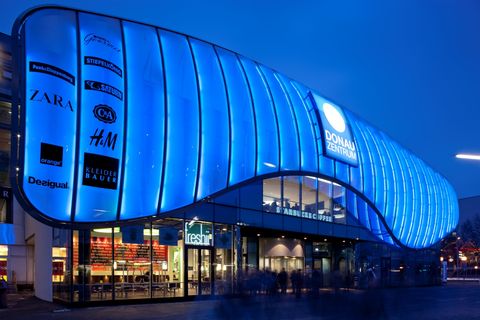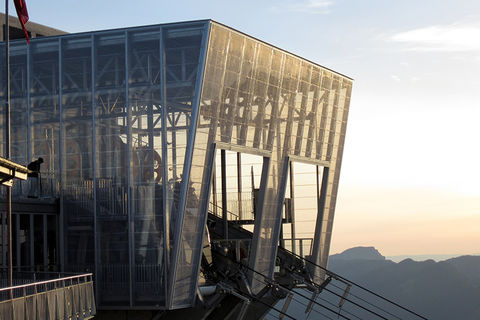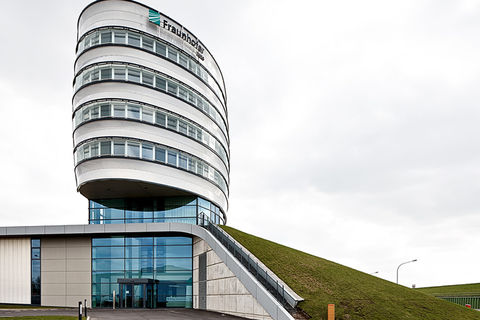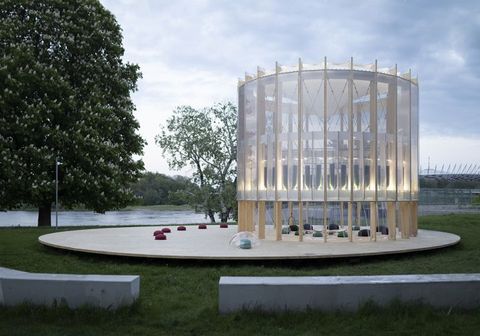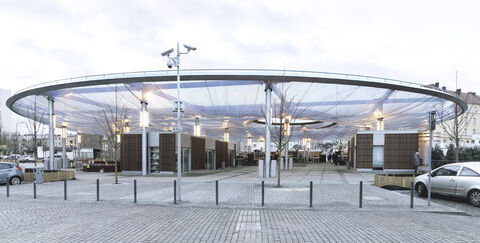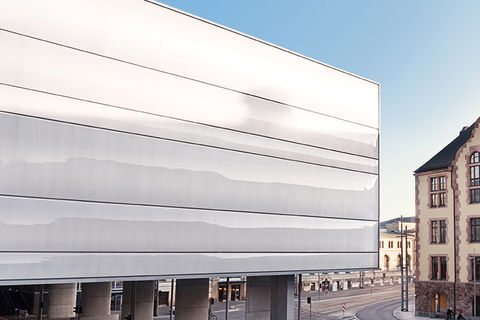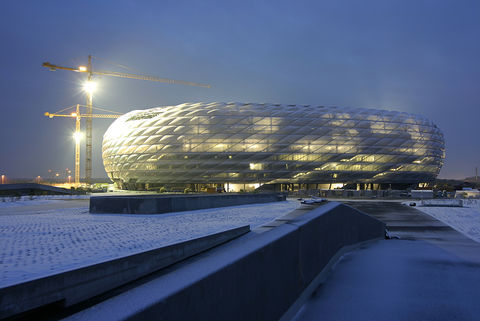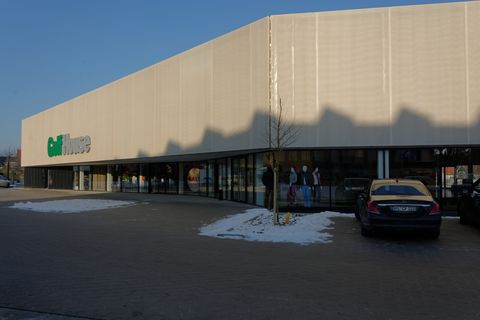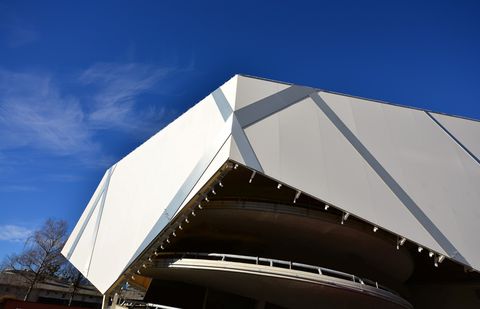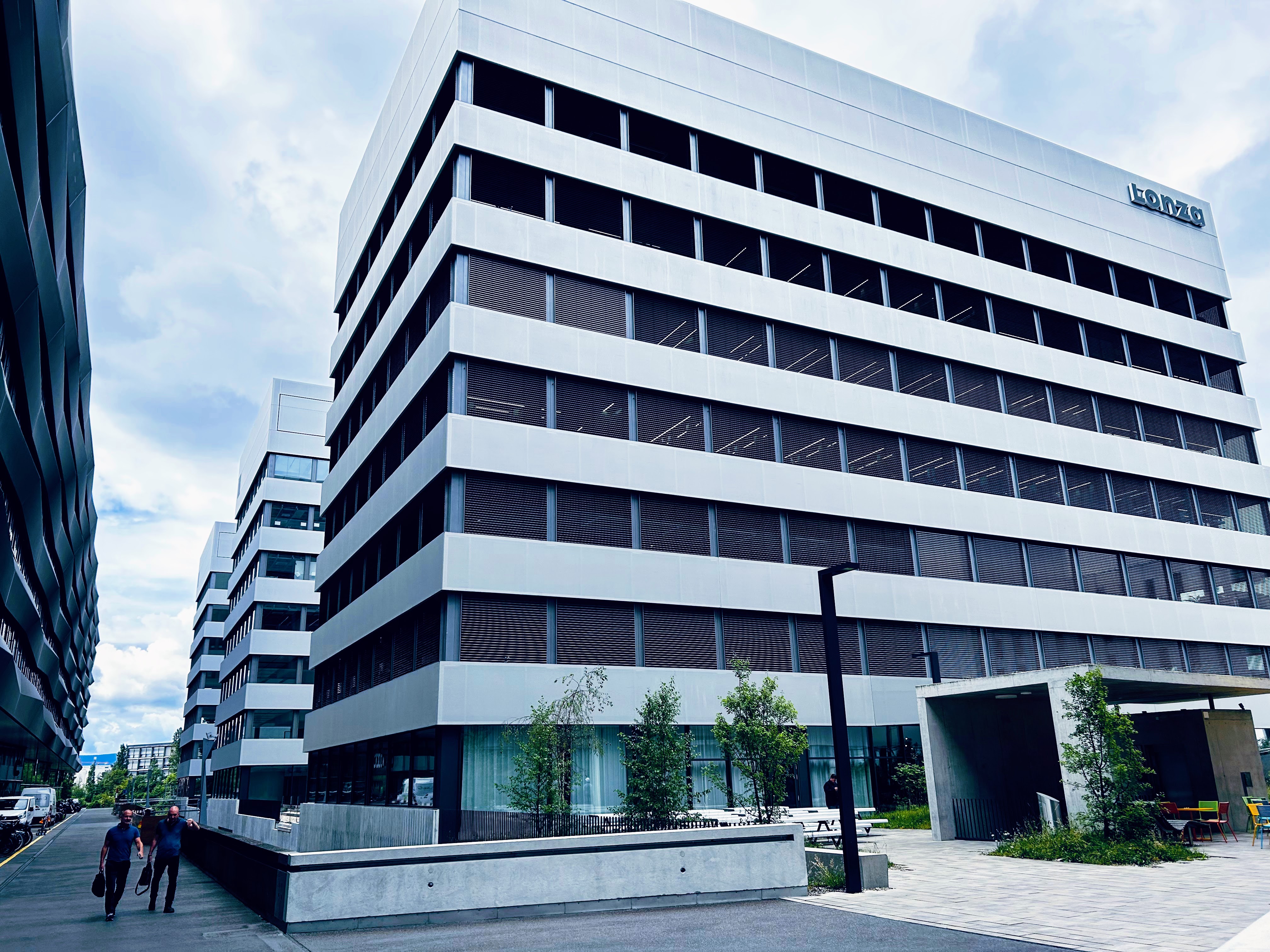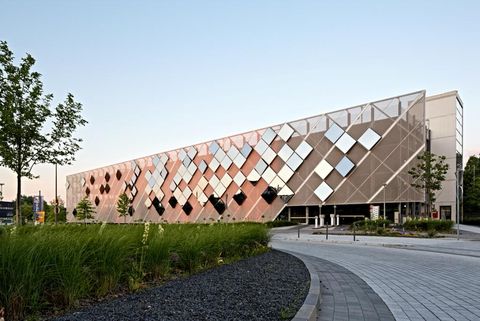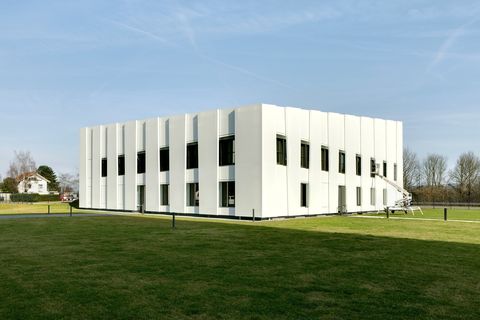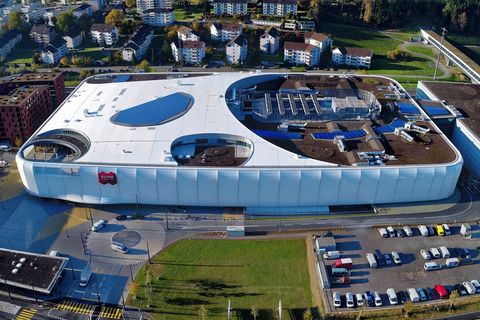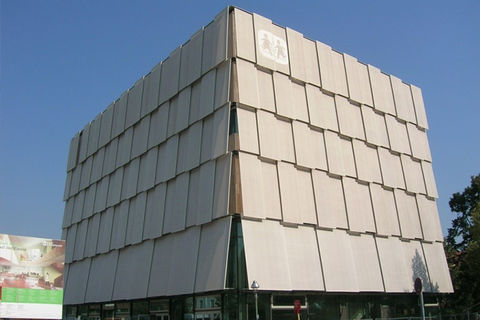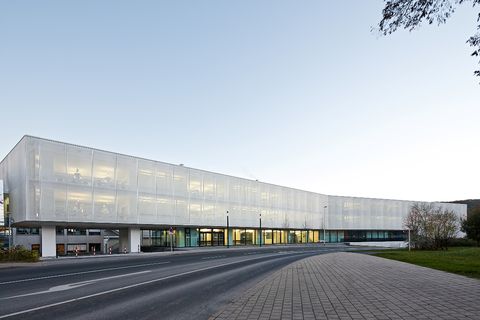BUILDING ENVELOPES AND FUNCTIONALITY
Membrane façades, whether used as the primary façades or placed in front of a conventional glazed façade, are quite unique. Membrane façades are very striking when they are coloured or illuminated and can be used to transform the entire building into a luminous experience enhancing the overall architectural expression.
It is possible to create different forms using membrane façades, forms that would not be conceivable with conventional glazed façades. Membrane façades deliver on performance and can provide additional protection against extreme sun or wind. In certain instances the installation of a membrane façade will improve the U-value of the primary glazed façade. These membranes encourage reflective light transmission and are paving the way for energy efficient building envelopes. Some clients have reduced energy costs by up to 60% by simply installing a secondary membrane façade.
Membrane façades can be recycled at the end of their useful design life. Working with membranes encourages architects to design better performing interactive buildings.
SPECIAL FEATURES OF MEMBRANE FAÇADES
Modern membrane façades are mechanically or pneumatically pre tensioned systems made from ETFE films, PVC-coated polyester fabrics and PTFE-coated glass fabrics. These mostly highly translucent mesh fabrics are extremely resistant to extreme weather conditions. Advanced coatings offer protection against solar and UV radiation. Membrane façades alter the functionality of the given façade and adjacent building. Additional advantages include:
- enhanced shading
- improved energy transfer generating reduction of energy costs
- interactive communication by means of lighting and printing

